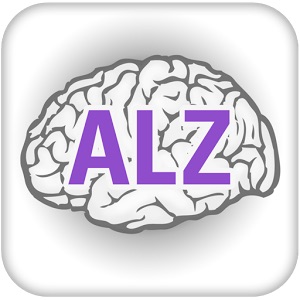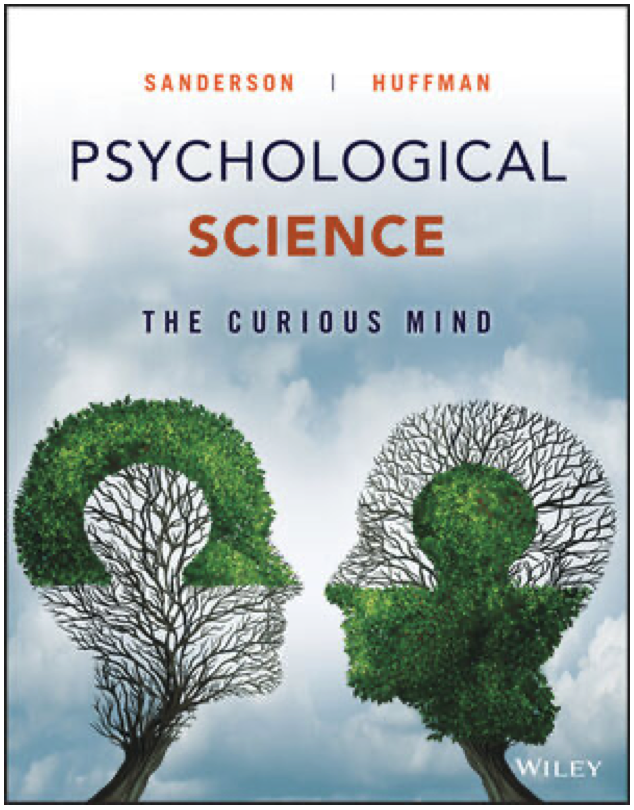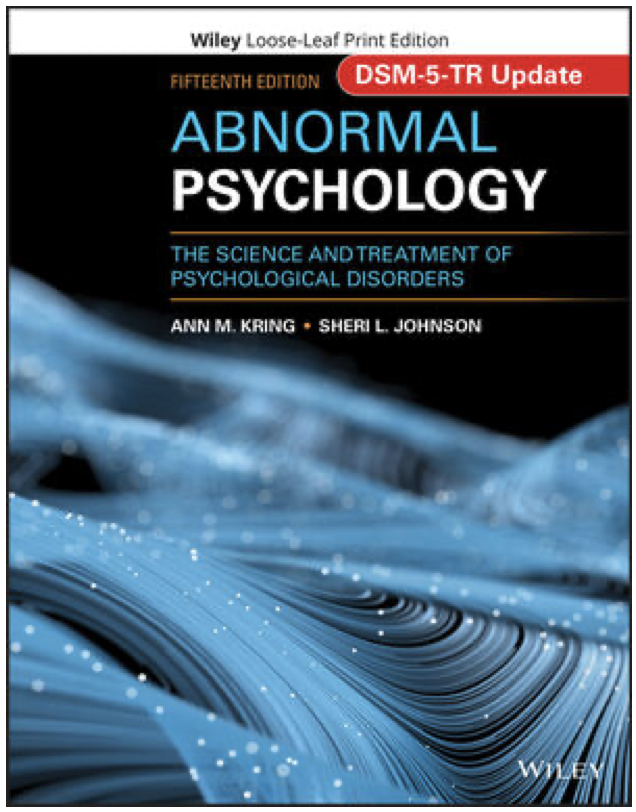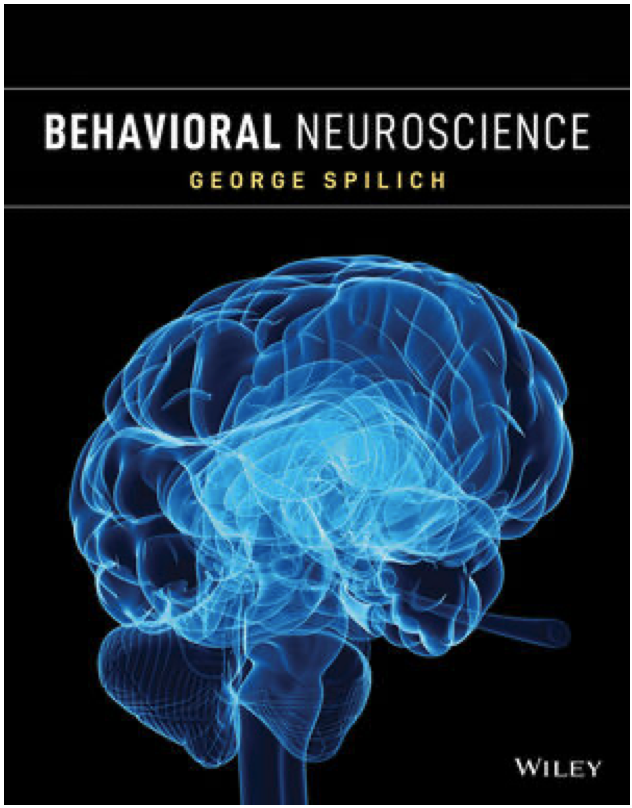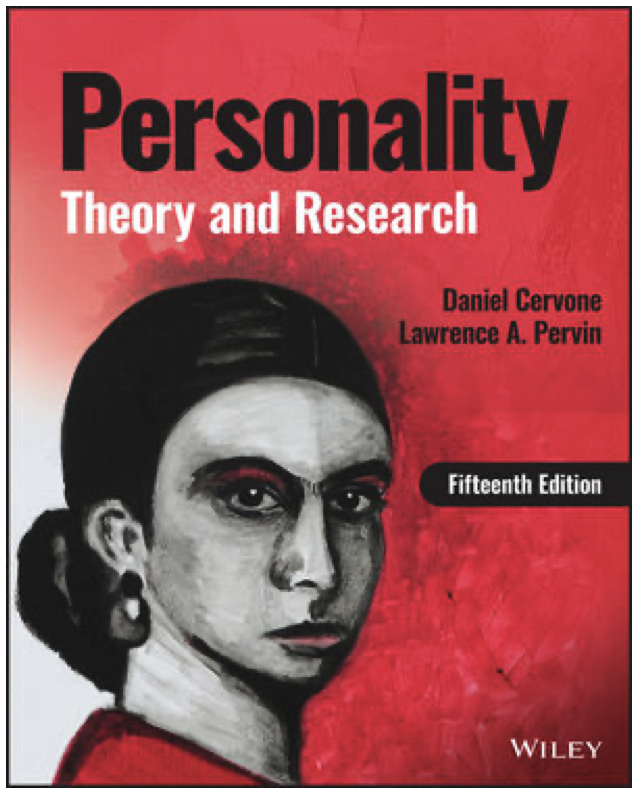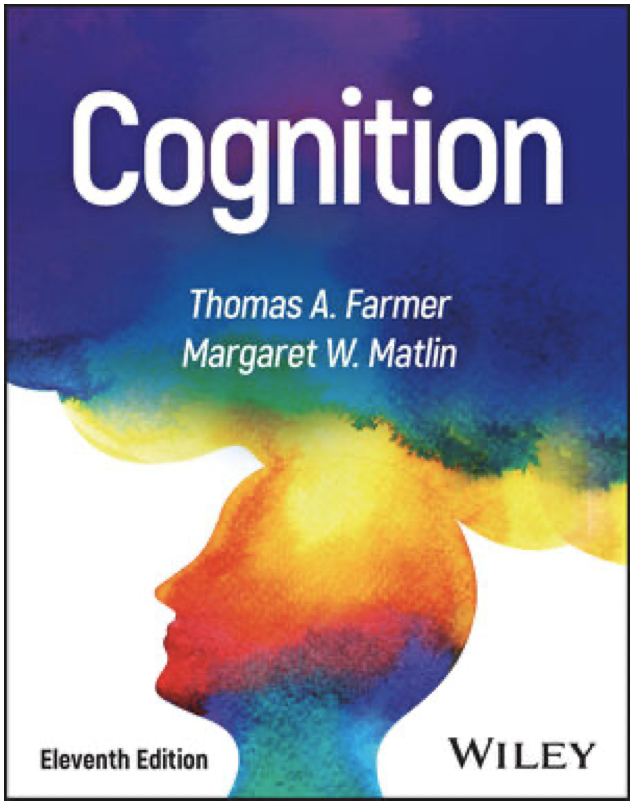3 ARTICLES REGARDING UNUSUAL SLEEP PATTERNS/EXPERIENCES
ARTICLE #1
TITLE
Exploding head syndrome: What to know
DESCRIPTION
Parasomnias are issues related to disturbed sleep patterns and may include night terrors, sleep walking and talking, as well as sleep eating. Another unusual parasomnia as been labeled “Exploding Head Syndrome.” From the article: “Exploding head syndrome is a sleep disorder that causes people to hear loud noises when they transition in or out of deep sleep. Although hearing loud noises can cause distress, panic, or fear in some people, exploding head syndrome is not a severe or life threatening condition. However, it can interfere with a person’s sleep, which may lead to excessive daytime fatigue. Exploding head syndrome is a type of sleep disorder that belongs to a group called parasomnias. These cause unwanted physical, verbal, or behavioral symptoms during sleep transitions.” The article discusses causes, symptoms, and treatments. The article can be used along with the chapter on Sleep and Dreaming.
SOURCE
Medical News Today, March 5, 2020, by Jamie Eske
LINK TO RESOURCE
https://www.medicalnewstoday.com/articles/exploding-head-syndrome
(Tiny URL) https://tinyurl.com/y3896yba
================================================
ARTICLE #2
TITLE
Insomnia and Vivid Dreams on the Rise With COVID-19 Anxiety
DESCRIPTION
With the increasing time of the lock down due to the pandemic more and more are people experiencing anxiety and negative emotions during their waking hours, experiencing insomnia, and having bad dreams (REM activity) during sleep. “The Lyon Neuroscience Research Center study has found a 35 percent increase in dream recall and a 15 percent increase in negative dreams. For people not on the front lines of healthcare and emergency response, fears of the novel coronavirus are projected onto threats like zombies, bugs, and shadowy figures, which represent the pandemic metaphorically, per National Geographic.” The article provides several examples of the types of dreams reported by the researchers. This article can be used to accompany the textbook chapters on sleep and dreams.
SOURCE
Smithsonian, April 23, 2020, by Three Machemer
LINK TO RESOURCE
https://www.smithsonianmag.com/smart-news/insomnia-and-vivid-dreams-rise-pandemic-anxiety-180974726/?utm_source=smithsoniandaily&utm_medium=email&utm_campaign=20200423-daily-responsive&spMailingID=42342156&spUserID=NzQwNDU3MDAyMDIS1&spJobID=1742516608&spReportId=MTc0MjUxNjYwOAS2
(Tiny URL) https://tinyurl.com/yxhj455u
================================================
ARTICLE #3
TITLE
What Is Hypnic Jerk? Here’s What’s Behind the Sleep Problem
DESCRIPTION
An unusual occurrence during sleep is the sudden “hypnic jerk” phenomenon. “If you’ve ever found yourself drifting off to sleep only to be woken by a vigorous, full-body twitch or jerk, then do not feel alarmed. You’re among the estimated 60-70% of Americans who regularly experience a phenomenon known as a hypnic jerk—also known as a hypnagogic jerk, or sleep start—which strikes as a person falls into a deep sleep… Hypnic jerks—involuntary twitches or jolts which occur during the night—can affect people in different ways. Many people will sleep right through them, but for others, they are vigorous enough to wake them up.” The article discusses circadian rhythm patterns and possible causes of the hypnic jerk. (A short YouTube video is included with the online article.)
SOURCE
Time, December 4, 2017, by Kate Samuelson
LINK TO RESOURCE
https://time.com/5008693/sleep-start-hypnic-jerk/?utm_source=newsletter&utm_medium=email&utm_campaign=time-health&utm_content=20200221
(Tiny URL) https://tinyurl.com/y6xbkl6g
================================================
CLASS DISCUSSION QUESTIONS
•First discuss the normal circadian wake-sleep cycle.
•What is the usual pattern of REM sleep within the sleep cycle? What typically occurs during REM sleep?
•What is a parasomnia? List a few of the most common.
•What is “exploding head syndrome?” What are the causes, symptoms, and possible treatments?
•What is a “hypnic sleep jerk?” What are the causes, symptoms, and possible treatments?
•What is hypothesized regarding the causes of an increase in insomnia and bad dreams during this period of lockdown during the covid virus?

